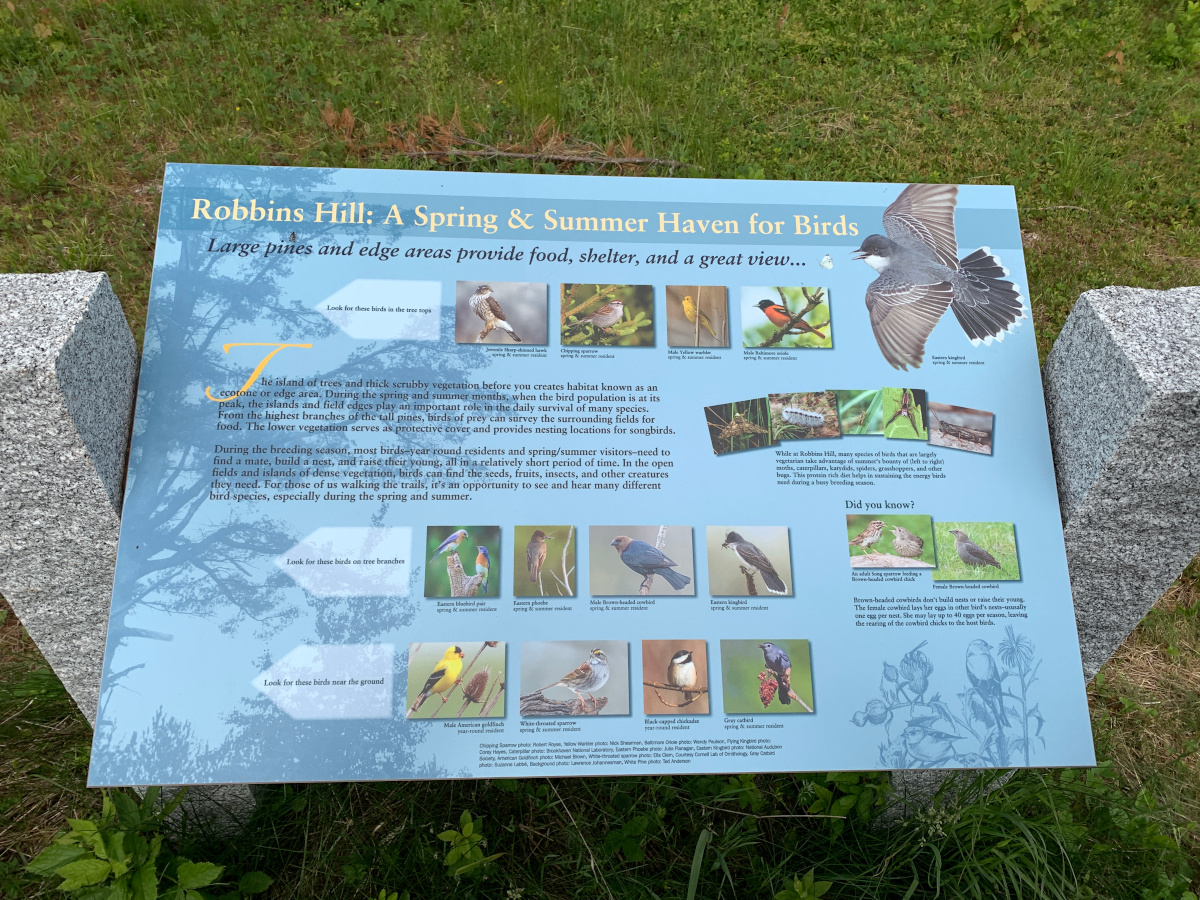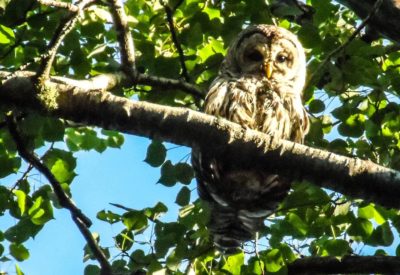
Shhhh, Listen
It’s an ovenbird following you through the forest calling “teacher, teacher, teacher, teacher”.
Oh, wait, that’s a white-throated sparrow I hear in the early morning singing, “Old man, Peabody, Peabody, Peabody.”
Come 9 pm, maybe you heard the barred owl calling, “Who,? Who? Who cooks for you?”
And, a favorite any time of day or night is the lonesome cry of the loon, one of many of its different calls. As soon as the ice is out, the loons arrive. It’s uncanny, how they know!
Did you know that eagles cruise a territory of up to 50 miles in diameter from their nest? Eagles are sighted near the bridge over the Kennebec River in Solon, diving and watching from the trees in Bingham along the Kennebec, and circling around over the Kennebec in Caratunk.
For birds and birders alike, Maine provides an abundance of excellent habitats for viewing and listening. Maine provides a large breeding range for many eastern woodland bird species. The state has an abundance of lakes, ponds, wetlands, and rivers that are ideal habitats for a variety of water birds. There are many bird books and apps for phones that enhance the pastime of birding.
How many will you discover when you explore the Old Canada Road habitats?


Birding Code of Ethics
To avoid stressing birds or exposing them to danger, exercise restraint during observation, photography, and sound recording.
Limit the use of recordings and other methods of attracting birds, and never use such methods in heavily birded areas for attracting any species that is listed as Threatened, Endangered, or of Special Concern.
Keep well back from nests and nesting colonies, roosts, display areas, and important feeding sites. If there is a need for extended presence in such an area, try to use a blind or hide, and take advantage of natural cover.
Use artificial light sparingly for filming or photography, especially for close-ups.
Before advertising the presence of a rare bird, evaluate the potential for disturbance to the bird, its surroundings, and other people in the area. Proceed only if access is controlled, disturbance can be minimized, and permission has been obtained from landowners. The sites of rare nesting birds should be divulged only to the proper conservation authorities.
Stay on roads, trails, and paths where they exist; otherwise, keep habitat disturbance to a minimum.
Respect the law and the rights of others. Do not enter private property without the owner’s explicit permission. Follow all laws, rules, and regulations governing the use of the roads and public areas. Practice common courtesy in contacts with other people. Your exemplary behavior will generate goodwill with birders and non-birders alike.
